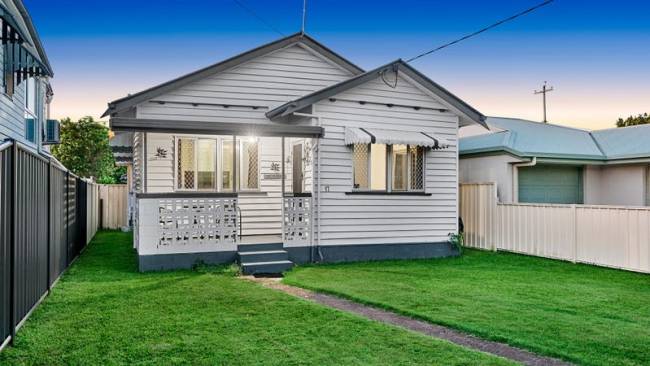The best Geelong suburbs to buy in today
Geelong real estate agents reveal their top tips on where buyers can enter the market and gain an edge as they look to build a property portfolio.
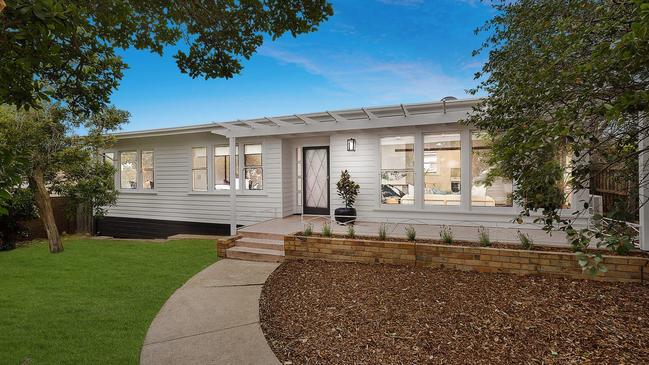
The time is now for property investors to get in the market in Geelong as prices boom.
High growth in median house prices is being fanned by strong buyer demand, partly exacerbated by an unseasonally low number of properties on the market.
But record low interest rates have helped cut the cost of entering the market, while record high demand for rental properties sees the property management sector crying out for more stock.
Unfortunately, what that means is the Geelong real estate agents have had admit there’s no secret pockets out there.
But there are still plenty of opportunities to enter the market as an investor.
MORE REAL ESTATE NEWS
THE GEELONG SUBURB IN NATION’S TOP 50
HOW MUCH YOUR HOME’S VALUE HAS GROWN
GEELONG’S NEXT MILLION DOLLAR SUBURBS
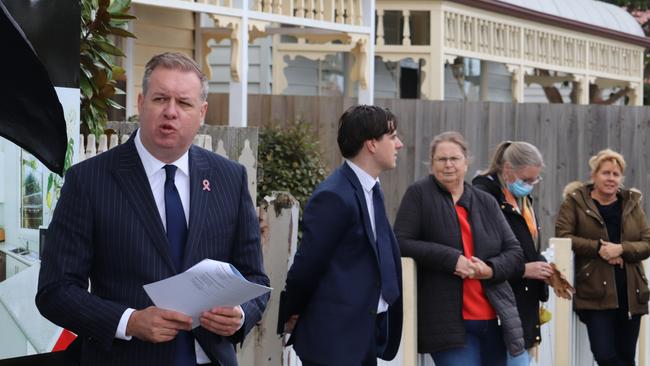
TIME IS NOT YOUR FRIEND
Buxton agent Ben Riddle said somebody who was deciding to buy last year and hasn’t bought yet, were now $80,000 behind, across any number of Geelong suburbs.
“The first thing from an investment point of view is don’t think about it too much. Time is not your friend,” he said.
“With a market that has continued to rise over 20 years, including the last nine months, some people take too long and time can hurt you.”
Realestate.com.au data shows there are 40 towns and suburbs across the Geelong where the capital growth exceeds 10 per cent in the past year.
The median house price in the City of Greater Geelong itself has risen 16 per cent in 12 months to $655,000.
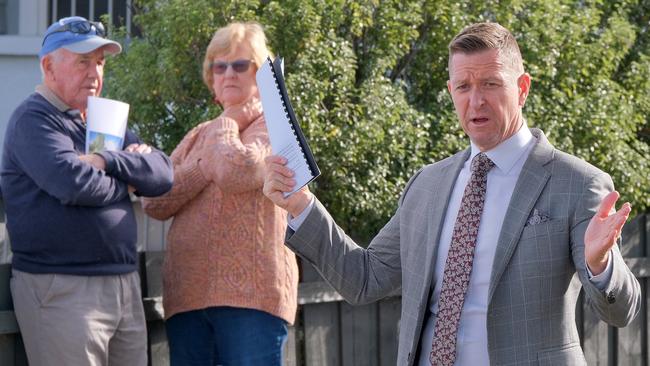
BIGGER IS BETTER
One of the fundamentals in real estate is land appreciates in value over time, while buildings decline with age.
So investing 101 is go for land size.
“Ideally you are trying to buy something on a bigger land component,” Mr Riddle said.
“With the size comes the opportunity to change or renovate (a home) and add value, or subdivide and create value,” he said.
“With buying apartments or smaller units, there’s only so much you can do to add value. “Fundamentally when you are looking to invest you are looking to add value through the process to make money quicker.”
McGrath Geelong agent David Cortous said the rising cost of building is also driving land values in existing suburbs, giving another reason to go for land.
“If you look at what’s been happening over the past eight to 10 months, we seen a lot of growth in properties that have got some land component to them.
“We’re in an unusual market with so much building going on there’s a shortage of building materials and the cost of building a new home has gone up maybe 20 per cent.
“So that’s pushing the price of the new homes up considerably, which is going to add value to existing homes as well.”
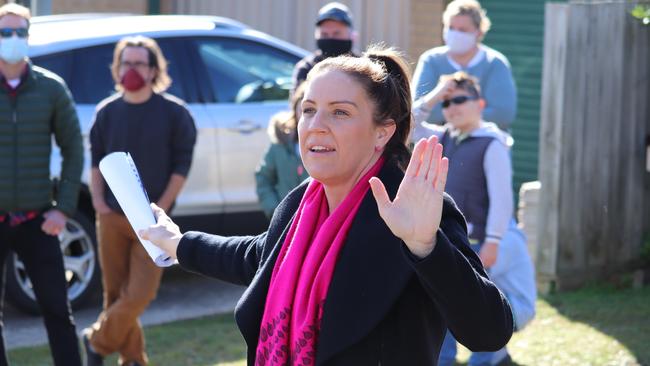
CLOSE TO TOWN
Hayeswinckle director Michelle Winckle is quick to nominate Thomson as a great value-for-money suburb.
“I think Thomson is still great value for money because it’s on the edge of East Geelong.”
Thomson has a $448,750 median house price, which has climbed 49 per cent in the past five years.
The average rental yield in 4 per cent, one of the best in Geelong.
Stand that next to East Geelong, where the median sits at $791,000, a rise of almost 65 per cent over the same time.
The average rental yield in East Geelong is 2.8 per cent.
But Ms Winckle believes suburbs close the city centre are better for investors.
“I think as close as you can get to Geelong, closer to the city rather than Armstrong Creek and Mt Duneed
“They are becoming more like Melbourne, you’re in established suburbs, five minutes to Geelong.”
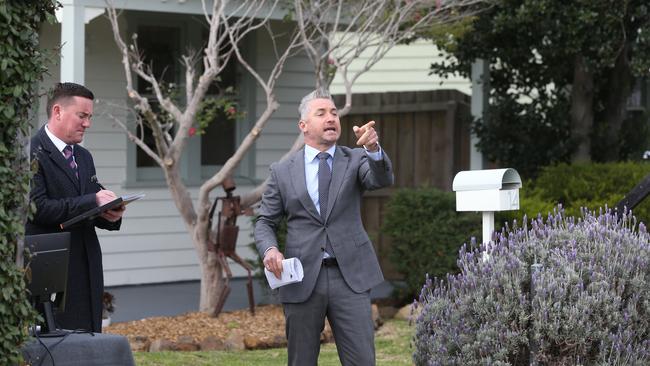
NEXT SUBURB OVER
Geelong’s premium inner city suburbs hold some of the region’s most popular real estate.
But it comes at a cost, with some of the highest median house prices.
Mr Cortous said that’s why investors should look to the less fancied neighbouring suburbs where people can get close to the action at a fraction of the cost.
“The growth suburbs will be the fringe suburbs that are on the cusp of the premium suburbs,” he said.
“If you use Geelong West as an example, North Geelong would be a suburb on the cusp of a blue-chip suburb.
“You will have better pockets.”
Geelong West has a median house price of $818,000, compared to $520,000 in North Geelong. Both have similar long-term capital growth of around 60 per cent over five years.
“I think you’re going to see growth across all suburbs at the moment,” he said.
“But it those streets that are sitting right next to the premium suburbs that are going to get the best growth.”
Mr Cortous said the premium suburbs are Newtown, Geelong, Geelong West and South Geelong.
So the fringe suburbs are going to be Newcomb, Thomson, Belmont, Highton, Herne Hill and Hamlyn Heights.
The difference in median price between premium and fringe suburb can be as much as $343,000.
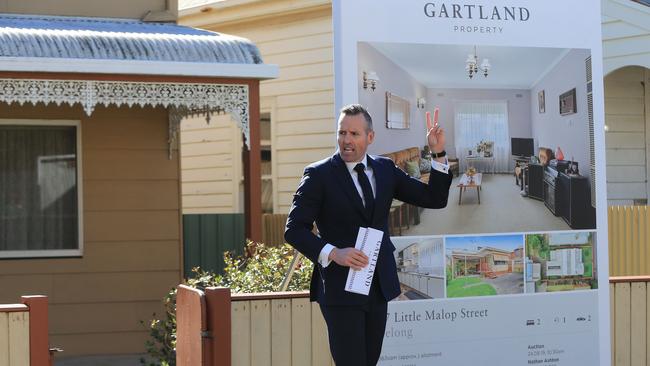
PROXIMITY ALERT
Gartland Property agent Nathan Ashton said buyers can have confidence that no matter where you invest, you’re going to get a tenancy and it’s going to come down to yields.
“It’s going to come back to how close it is to major infrastructure — trains, shopping, schools,” he said.
“Going back to the fundamentals of sensible decision-making.”
He said homes closer to the train stations, shopping centres and schools will place buyers well in securing a good returning investment.
“Infrastructure is always the key. Whenever the market changes, the most common denominator that doesn’t change in terms of demand and values is proximity to infrastructure.
“A good solid offering that meets the market and is not too extravagant will always serve you well as an investor.”
Mr Ashton said people are starting to terms with the fact Newcomb is no longer a $400,000 to $500,000 suburb, but was firmly in the $600,000 range, but the yields were high.
“And in Grovedale and Waurn Ponds you can’t go wrong, especially with the expansion of the Epworth hospital. There is going to be really good looking term benefits there from a rental perspective.
“And you just have to look in town with all the cranes in the skyline. That is going to be a positive flow on effect down the track.
“If you can secure something now that’s inner city, and it’s not necessarily trying to find a bargain, it is trying to find something that is a reasonable and sensible priced, and that is going to be a good positive return.
“Unfortunately at the moment there’s no bargains about.”
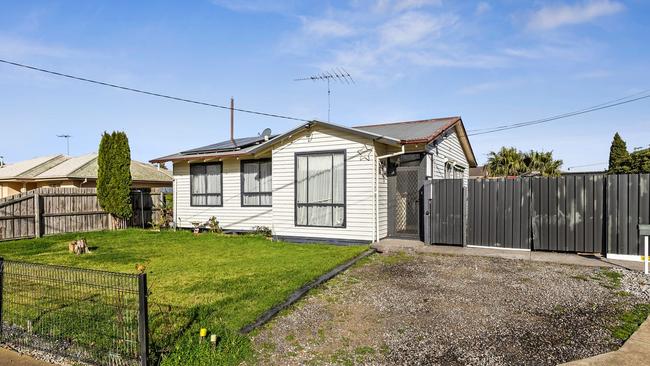
POSITIVE GEARING
There are two main types of investors, the negatively geared and the positively geared, says Ray White Lara and Northern Suburbs director Jo Boothroyd.
“Are you looking to be positively geared, then it’s cheaper, older homes that have a higher rental yield,” she said.
“Some may buy those and fluff them up and do the bare minimum and keep them rentable with their mind of doing them up later or build some equity in it.”
But Ms Boothroyd said the number of investors selling homes has doubled this year in cheaper suburbs like Corio and Norlane because changes to the Residential Tenancies Act.
“What we’re finding though is with all the rental reforms, people who have the older properties that are becoming money pits are selling because the prices are excellent,” she said.
“We’ve sold double in the past 12 months of our rentals than what we do in any other year.”
And there are plenty of people looking at the flexibility of buying an ex-commission home in Norlane.
“Buyers of those, the attraction to the ex-commission homes is they are usually on larger blocks, they feel the price gives more options,” she said.
Young tradies can buy an ex-commission house, do a quick reno and put in a tenant, she said.
And investors like the traditionally large blocks capable of being subdivided or developed.
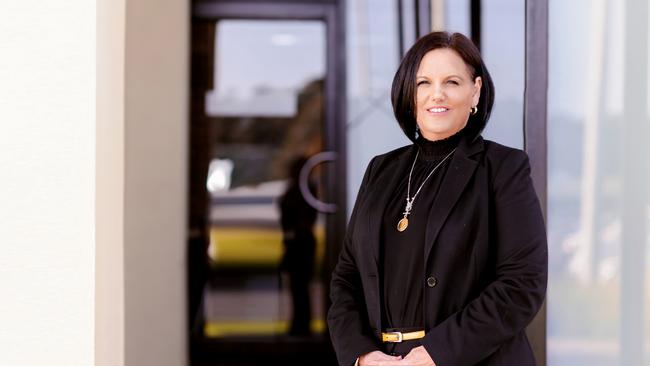
SET AND FORGET
“A good investor that’s building a portfolio would be looking for a set and forget property,” Ms Boothroyd said of investors using a negatively geared strategy.
“Therefore they’d be looking for a newer property and depreciation advantages.
“So they’re going to pick up a house and land package and let it tick away with very minimal input. Certainly three bedrooms, two bathrooms and a double garage ticks all the boxes.
“You are looking for something that if there was glut of property in the market that the property that you have bought would suit a range of people, including families, so you’re covering all bases.”
Ms Boothroyd said more people than ever before were choosing to rent, while Covid rules are also having an impact on renters choices, creating a bigger market for larger homes as investment properties.
“We’ve seen investors buying properties that they intend to move into one day,” she said.
“So they will buy in an area they want to be in the future and purchase that property while interest rates are so low.
“From a rental point of view, because people are home schooling and working from home we’ve had so many tenants give notice and move to bigger properties.”
Buying bigger does cost more, but investors need to think long-term, like future resale value and the fact that a bigger home covers more of the market.
“You can put a couple in a four-bedroom house but you can’t put a family in a two-bedroom unit.”

